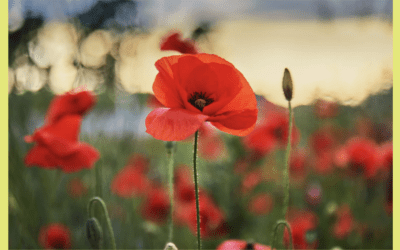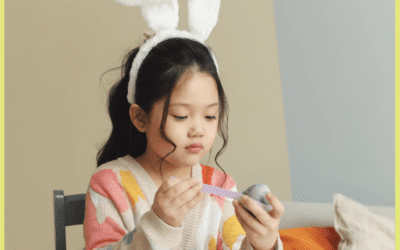Easter is approaching, and that means it’s almost time for the Royal Easter Show! You may be planning a trip to the show this year, which opens on Thursday 6th April 2023.
For children with Autism and other developmental disabilities, the Royal Easter Show can be a stressful environment and provoke sensory overload.
Here are some key tips to help make the experience a positive one for your child.
- Plan ahead
To avoid waiting in queues, it’s a good idea to pre-book your ticket online. If you pre-book in advance, you can also make use of the ‘Early Bird’ offers.
Planning your day in advance is useful to ease your child’s mind and avoid walking around aimlessly in crowded areas. You can download the official Royal Easter Show Mobile app to create your own itinerary and help plan your day at the show.
It’s a good idea to bring noise cancelling headphones, earplugs, or devices to help children who are unable to cope with noise generated from the busy environment and amusement rides. If you forget to bring your own, there are noise cancellation earplugs available from the Customer Service Centre on Showground Road.
- Avoid busy days and times
The busier days of the Royal Easter Show are typically over the Easter long weekend period, and with a higher volume of people, the noise increases. For children with Autism or sensory issues, it’s best to avoid this period and crowds as much as possible.
Children with Autism typically need time to rest and recharge, so it isn’t ideal to stay out and spend all day at the show. Instead, designate a period of time that works best for your child, potentially a couple of hours in the morning or afternoon.
- Participate in calming and sensory-friendly activities
When planning your itinerary, it’s a good idea to include some of the more calming spaces and activities in the show. These include:
- The Showbag Pavilion – is quieter in the mornings
- The Woolworths Fresh Food Dome – quieter in the afternoon and evening (unless it’s raining)
- The Paddock with wide-open green spaces to relax is a great place to find the shade of a tree to have a picnic
- The Arts & Crafts Pavilion is a quiet zone where many parents take their toddlers in prams to settle them into a midday nap
- Pat a chick and chicken hatching at the Poultry Pavilion
- Perishable Cooking, Arts & Crafts competition, and feature display at the Arts & Crafts Pavilion
- Floral and garden displays, Bee Hotel workshops, flower arranging, Flower and Garden Pavilion, daily (times vary)
- Pack an ‘autism toolkit’
It’s important to be prepared and pack anything that helps your child to regulate and assist in trigger situations. This may include noise-cancelling headphones, fidget toys, or a favourite toy.
- Create a social story
Social stories are a great way to help children with a visual guide to understand and cope with new situations and environments. It involves showing short sentences alongside images to create a visual itinerary of the day and help your child know what to expect on the day. The sentences might look something like this, for example:
- On Wednesday we will pack a bag with your headphones and favourite fidget toys.
- We will drive to the Easter show in the morning, it won’t take too long.
- We will arrive at the Easter show and wait to show our tickets, there might be a short line but you can play with your fidget toys while we wait.
…and so on.
- Have a backup plan
Sometimes things don’t go according to plan, and it’s important to listen to your child’s needs and not push them if they aren’t coping. It can be useful to have a plan B for these situations. For instance, if possible you could plan with your partner for one of you to take your autistic child home if they are showing signs of not wanting to be there. Or, one of you watches the siblings while the other stays with your autistic child for the day to be alert for triggers, so you can prevent stressful situations for them.
With crowded areas, bright lights, and noises, the Easter Show can be a stressful environment for children with Autism. It’s important to remain patient with your child and set genuine and realistic expectations for the day.
By planning ahead and looking out for your child on the day, it can be a fun day out and create positive memories for your family and child.
For more information visit:




